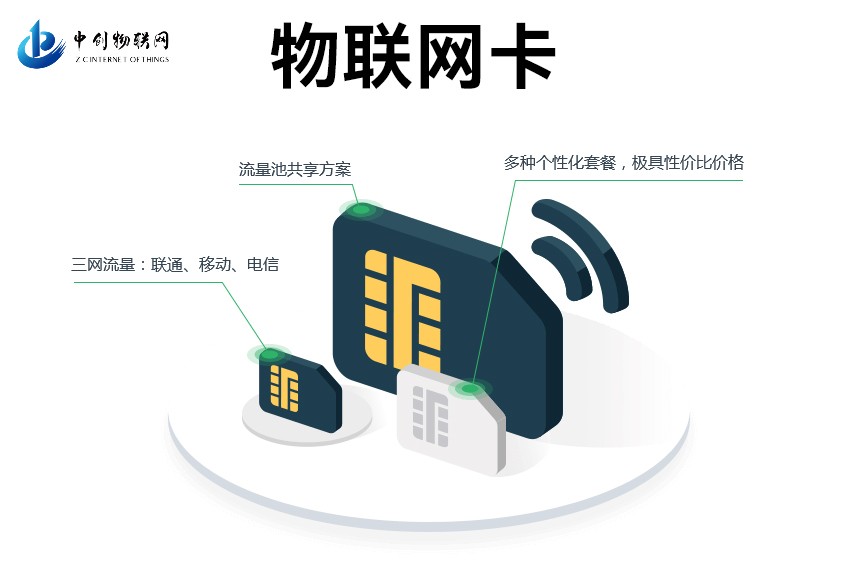The IoT card pooling scheme is a traffic management mechanism that allows enterprises or service providers to centrally manage the traffic usage of multiple IoT devices. The principle can be summarized as the following key points:

Centralized management: The IoT network card pool aggregates the traffic resources of multiple IoT network cards through a central management system or platform, forming a shared traffic pool. The traffic in this pool can be dynamically allocated and used by all IoT network cards in the pool.
Traffic sharing and automatic allocation: In the traffic pool, if a certain IoT device has insufficient traffic usage while other devices have surplus traffic, the system can automatically or strategically allocate traffic to ensure that each device can effectively utilize traffic and avoid waste.
Package uniformity: Typically, IoT cards joining the same data pool require the same data package, which means all cards are based on the same level of data services to simplify management and avoid technical complexity.
Real time monitoring and control: The traffic pool provides real-time monitoring functions, allowing enterprises to view the usage of each card's traffic through the management backend, adjust traffic allocation in a timely manner, and ensure that the overall traffic does not exceed the preset total package limit.
Flexibility and Scalability: With the changing needs of enterprises, traffic pools can flexibly adjust the size of total traffic packets, support the addition or removal of IoT network cards, and adapt to IoT deployments of different scales.
Security and Compliance: System design needs to consider data security and compliance, ensure the security of traffic data transmission, and comply with relevant laws and regulations, such as data protection and privacy policies.
Automated operation: Through API interfaces or automation tools, enterprises can achieve automation of data recharge, distribution, alarm settings, and other operations, reducing manual intervention and improving efficiency.
Cost optimization: Through centralized management of traffic pools, enterprises can purchase and allocate traffic more effectively, avoiding the waste of individual device traffic packages and reducing overall IoT operating costs.















